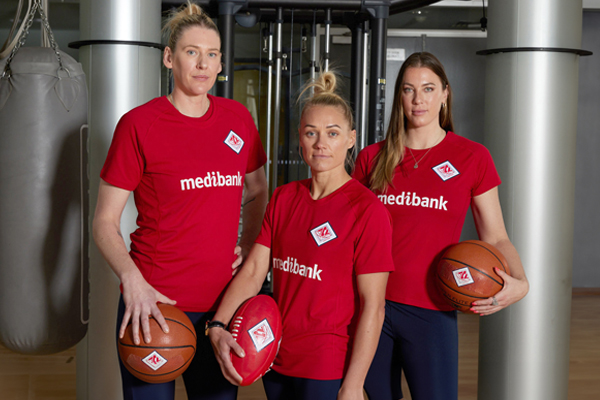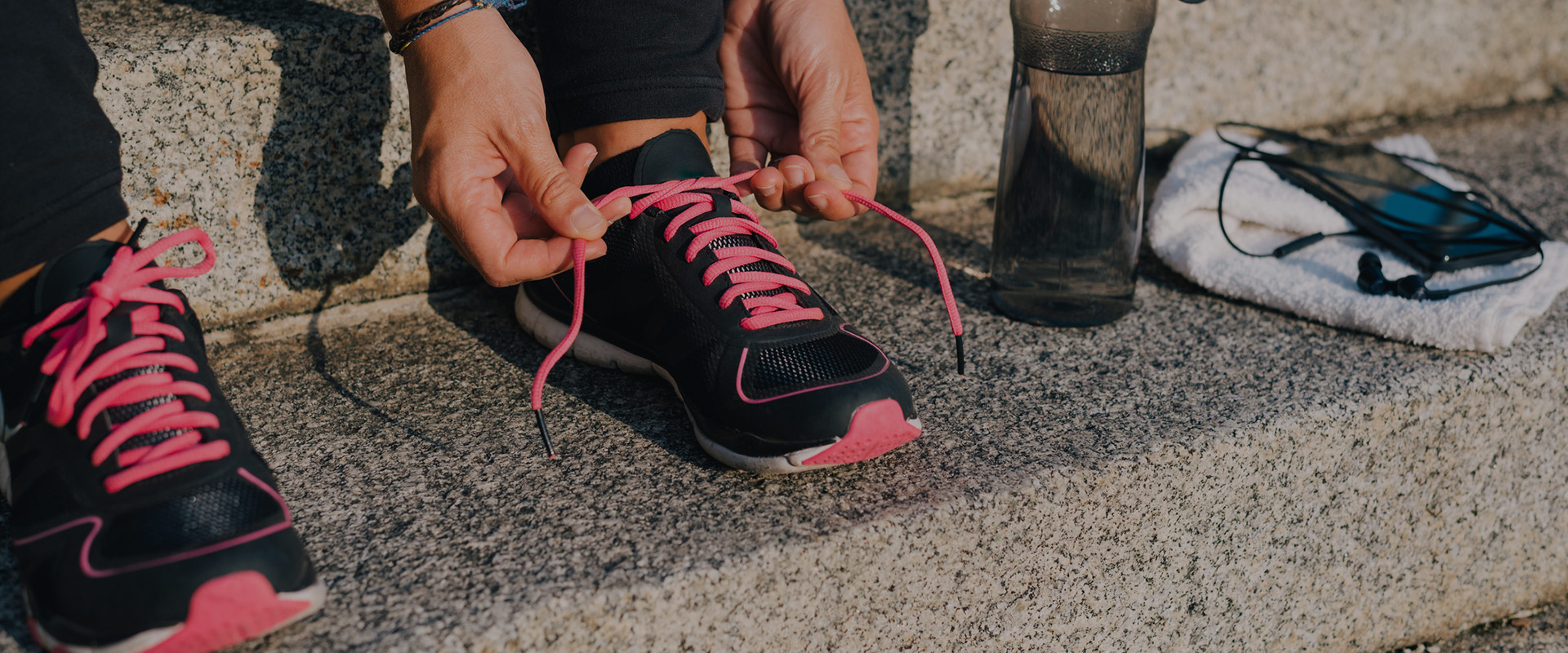-
- C-Curve
- Wide-Legged Squat
- Wide-Angle Seated Forward Bend
- Downward Dog
- Three-Legged Dog
Stretches for flexibility


-
1. C-Curve
- Sit tall on your two sitting bones, legs bent with feet on the floor. Wrap your arms under your knees and hug them in close.
- Inhale to elongate your spine, exhale and allow your chin to bow down to your chest as you round the upper back into a C-shape.
- Hold this stretch and breathe deeply into the back ribs before sitting erect once more. Ensure your neck stays long, your shoulders fall away from your ears, and you maintain width across your chest and back.

-
2. Wide-Legged Squat
- With the feet wide apart, rotate your legs outwards by externally rotating the feet. Fold forward from the hip and place your hands on the floor beneath you.
- Inhale to reach your bottom higher in the air, exhale to slide your hands to your feet. Grasp your arches with your hands and take your bottom towards the floor, bending your knees and pressing them out to the side with your arms.
- Allow your pelvis to sink into the pose, releasing tension from the lower back and hips. Think of your torso like a see-saw – as your tail gets lower to the ground, lift the chest higher.


-
3. Wide-Angle Seated Forward Bend
- Sit on the floor with your legs extended out to the sides. Keep a slight bend in the knees to release some tension off the back of your legs and allow you to sit up tall.
- Place your fingertips on the floor in front of your knees, slide your hands along the floor beside your legs and allow your chest to lie forwards onto the floor.
- Take hold of your feet if you can reach them. Aim for your body to be flat like a pancake.

-
4. Downward Dog
- To prepare, set up on all fours, with your hands and knees on the floor, hands under shoulders and knees under hips, toes tucked under at the back and your spine in a neutral position.
- On a deep exhale, press your hips toward the ceiling to form an inverted V-shape. Your back is straight with the front ribs tucked in. Your arms and legs are straight with your heels reaching to the floor. Spread your fingers and toes wide apart to increase your base of support.
- Sustain this position as you breathe deeply and freely.


-
5. Three-Legged Dog
- Starting from the four-legged downward dog position, engage one buttock muscle and lift that leg behind you.
- Reach the knee to the ceiling for a short-lever variation, or extend the knee also, so your body forms an inverted ‘Y’ shape.
- The real challenge is controlling the transition from a reverse plank, via a rotation or pivoting motion. With one leg in the air we get a slight rotation through the pelvis, which biases the medial hamstrings on the supporting leg to elongate, while the adductors and hip flexors on the elevated leg lengthen.
-
Everything you need to know about parkrun
Been wondering what a parkrun looks like? Where do you go? What do you do? How do you sign up? Find out here.
-
Five ways to exercise when on a budget
You don’t need to spend money on gym memberships just to meet your fitness goals. Here are five free ways to stay healthy and active when you’re living on a budget.
-
How parkrun changed my life
Christie Farrow went from being an exercise-phobe to a true blue runner with parkrun.
-
Australia's top female athletes unite on ACL injury
Some of Australia's most talented athletes have joined forces to highlight the unique injury challenges women face.
-
How to create your perfect summer fitness plan
Be inspired by the sunshine and get moving
-
The essential foam rolling routine
Improve posture and flexibility with this essential foam rolling routine. Discover effective stretches to ease muscle tightness and enhance your daily movement.
Subscribe to receive the best from Live Better every week. Healthy recipes, exercise tips and activities, offers and promotions – everything to help you eat, move and feel better.
By clicking sign up I understand and agree to Medibank's privacy policy






